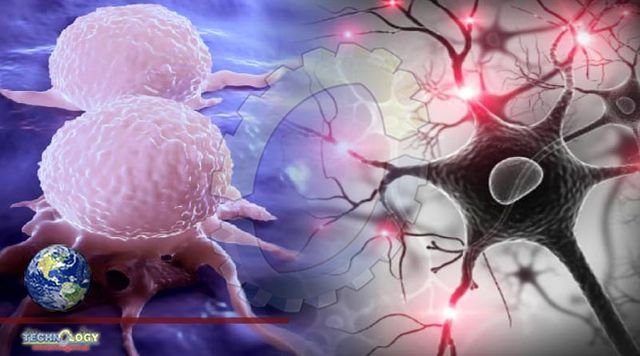Type 2 diabetes and breast cancer would seem to be very different conditions, sharing nothing but their commonality. In the United States, 1 in 8 women will develop invasive breast cancer throughout their lifetime, making it the second most often diagnosed malignancy after various kinds of skin cancer.

More than 10% of Americans have diabetes, and 2 in 5 are predicted to get the chronic disease at some point in their lives. However, previous studies have shown connections between the two conditions. For instance, the risk of breast cancer in women with diabetes is increased by 20–27%. Insulin resistance, a major characteristic of diabetes, has been linked to an increased incidence of breast cancer and a worse chance of survival. According to population studies, diabetes risk rises two years after a breast cancer diagnosis and is 20% higher in breast cancer survivors than in age-matched women without the disease by the end of the first decade after the diagnosis.
These epidemiological connections, however, are not clear or conclusive, and other investigations have shown no relationships at all. Researchers from the University of California San Diego School of Medicine describe a potential biological mechanism linking the two diseases, in which breast cancer suppresses the production of insulin, causing diabetes and the deterioration of blood sugar control which encourages tumor growth. The study was recently published in Nature Cell Biology. No disease is an island because no cell lives alone,” said corresponding study author Shizhen Emily Wang, Ph.D., professor of pathology at UC San Diego School of Medicine. “In this study, we describe how breast cancer cells impair the function of pancreatic islets to make them produce less insulin than needed, leading to higher blood glucose levels in breast cancer patients compared to females without cancer.”
Wang said the study was inspired by early work and guidance from Jerrold Olefsky, MD, professor of medicine and associate dean for scientific affairs in the Division of Endocrinology and Metabolism at UC San Diego School of Medicine. Olefsky is the co-senior author of the study with Wang. The culprit, according to Wang and Olefsky, are extracellular vesicles (EV) hollow spheres secreted or shed by cells that transport DNA, RNA, proteins, fats, and other materials between cells, a sort of cargo communication system.
In this case, the cancer cells were found to be secreting microRNA-122 into the vesicles. Wang said when vesicles reach the pancreas, they can enter the islet cells responsible for insulin production, dispense their miR-122 cargo and damage the islets’ critical function in maintaining a normal blood glucose level. “Cancer cells have a sweet tooth,” Wang said. “They use more glucose than healthy cells in order to fuel tumor growth, and this has been the basis for PET scans in cancer detection. By increasing blood glucose that can be easily used by cancer cells, breast tumors make their own favorite food and, meanwhile, deprive this essential nutrient from normal cells.” The research was conducted using mouse models, which found that slow-releasing insulin pellets or a glucose-lowering drug known as an SGLT2 inhibitor restored normal control of glucose in the presence of a breast tumor, which in turn suppressed the tumor’s growth.
Source: This news is originally published by scitechdaily